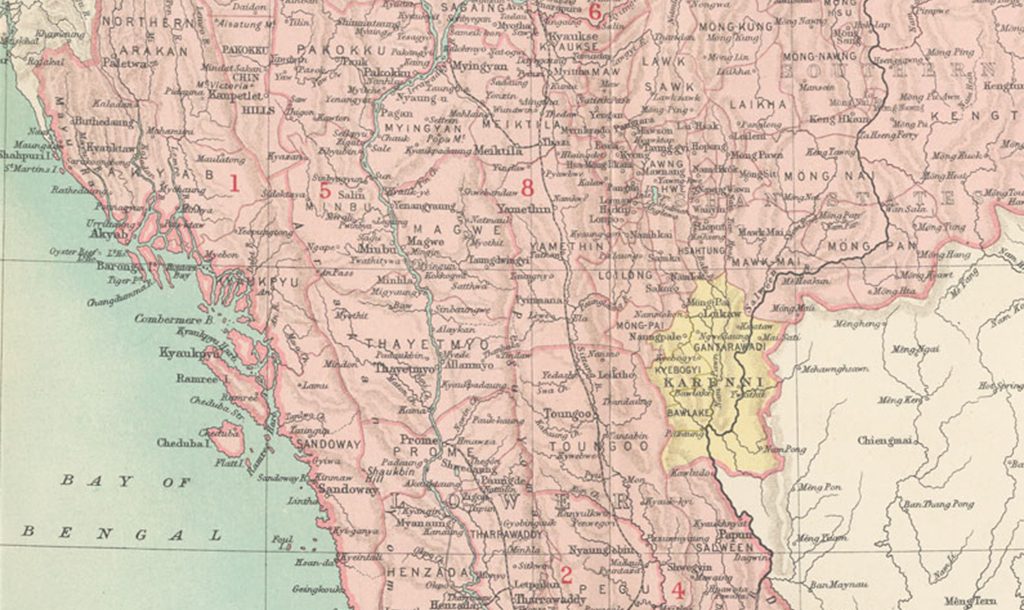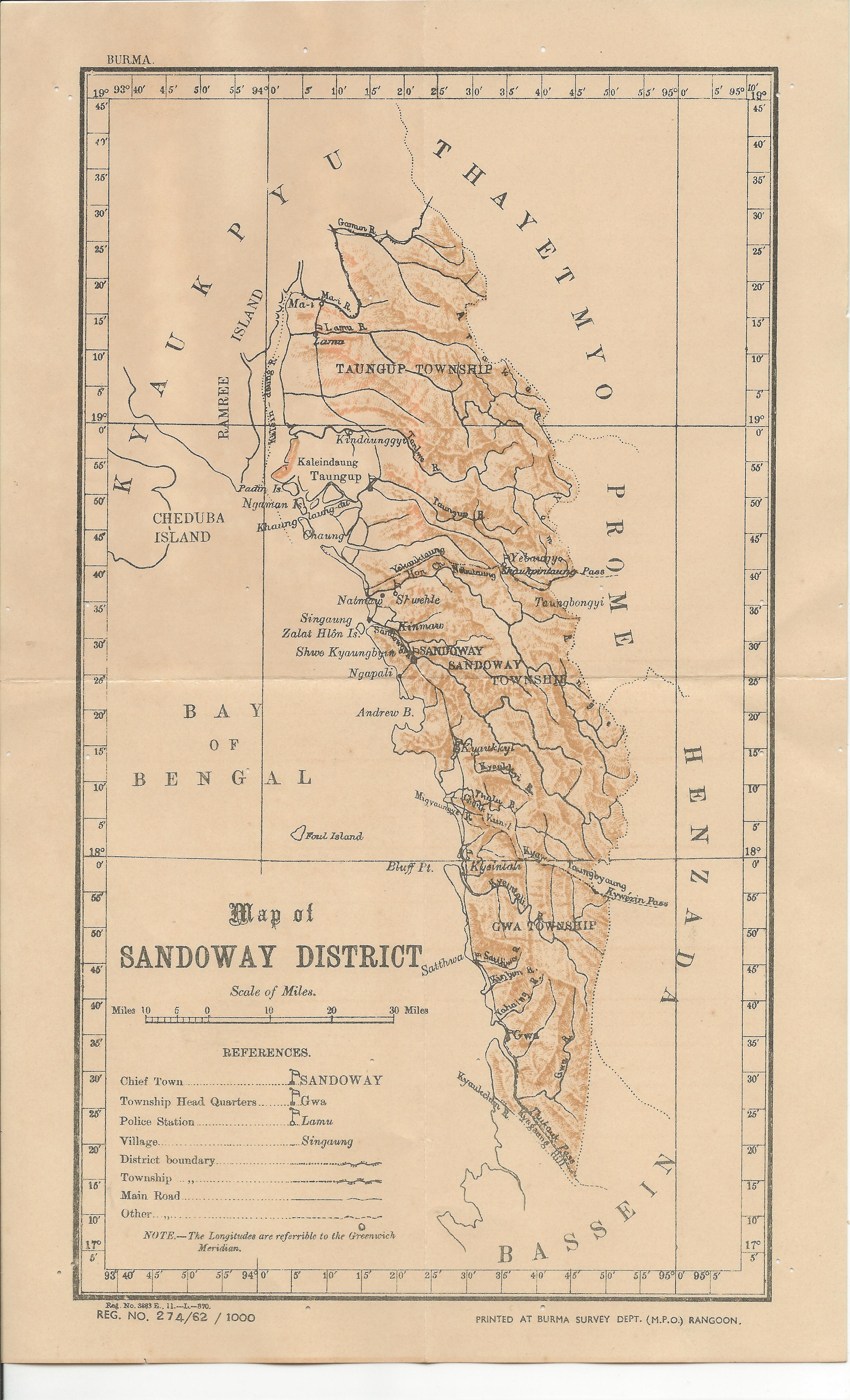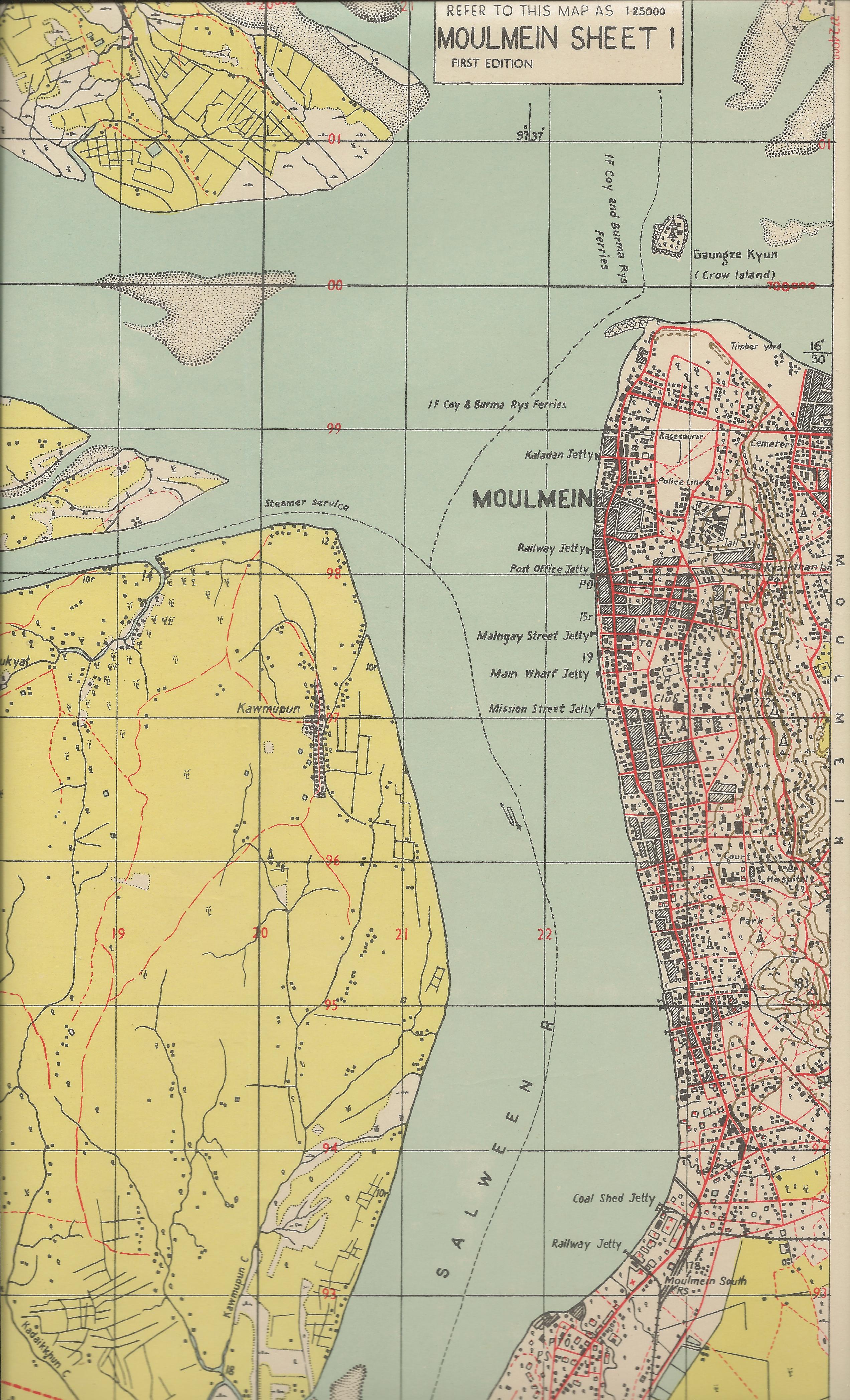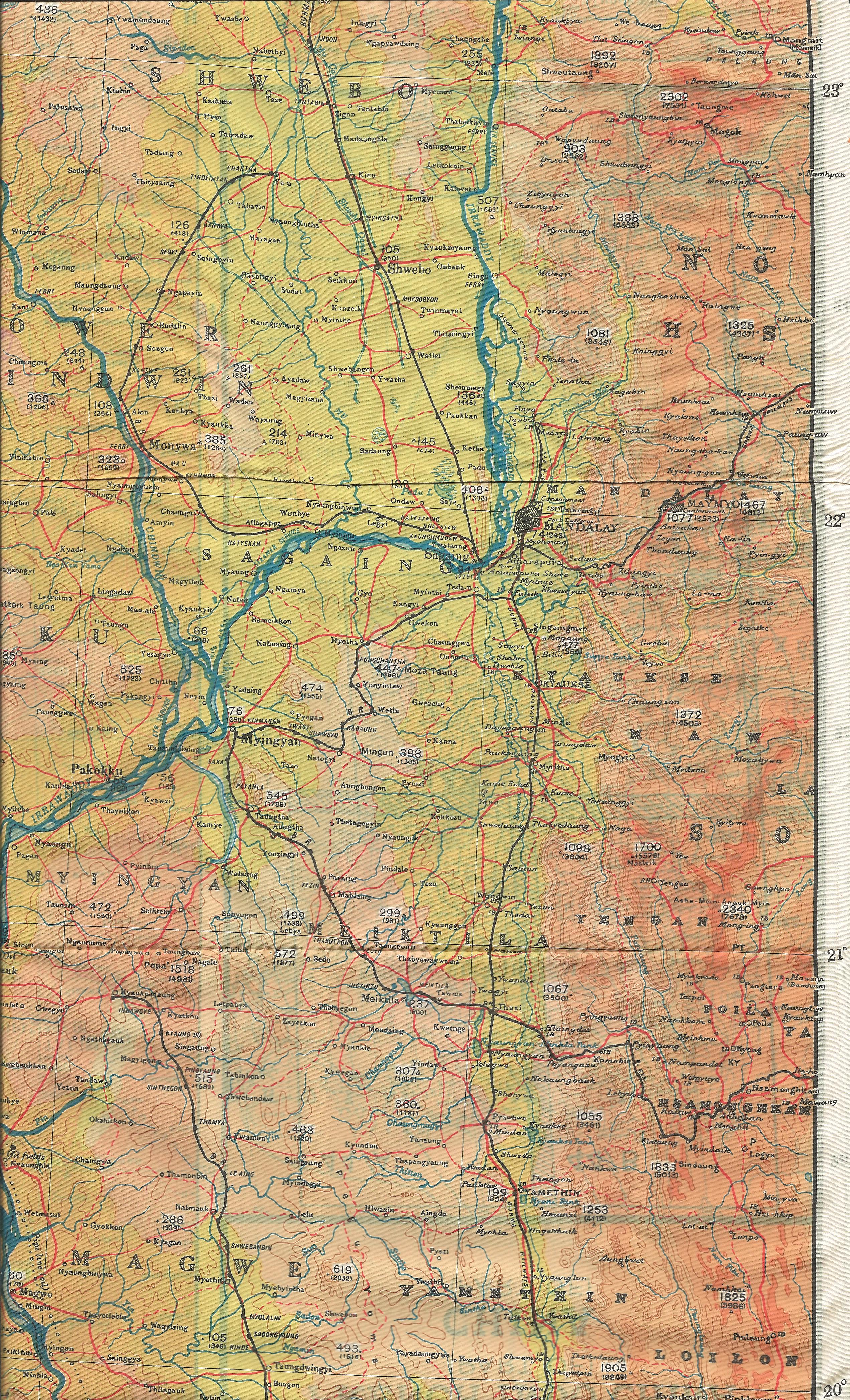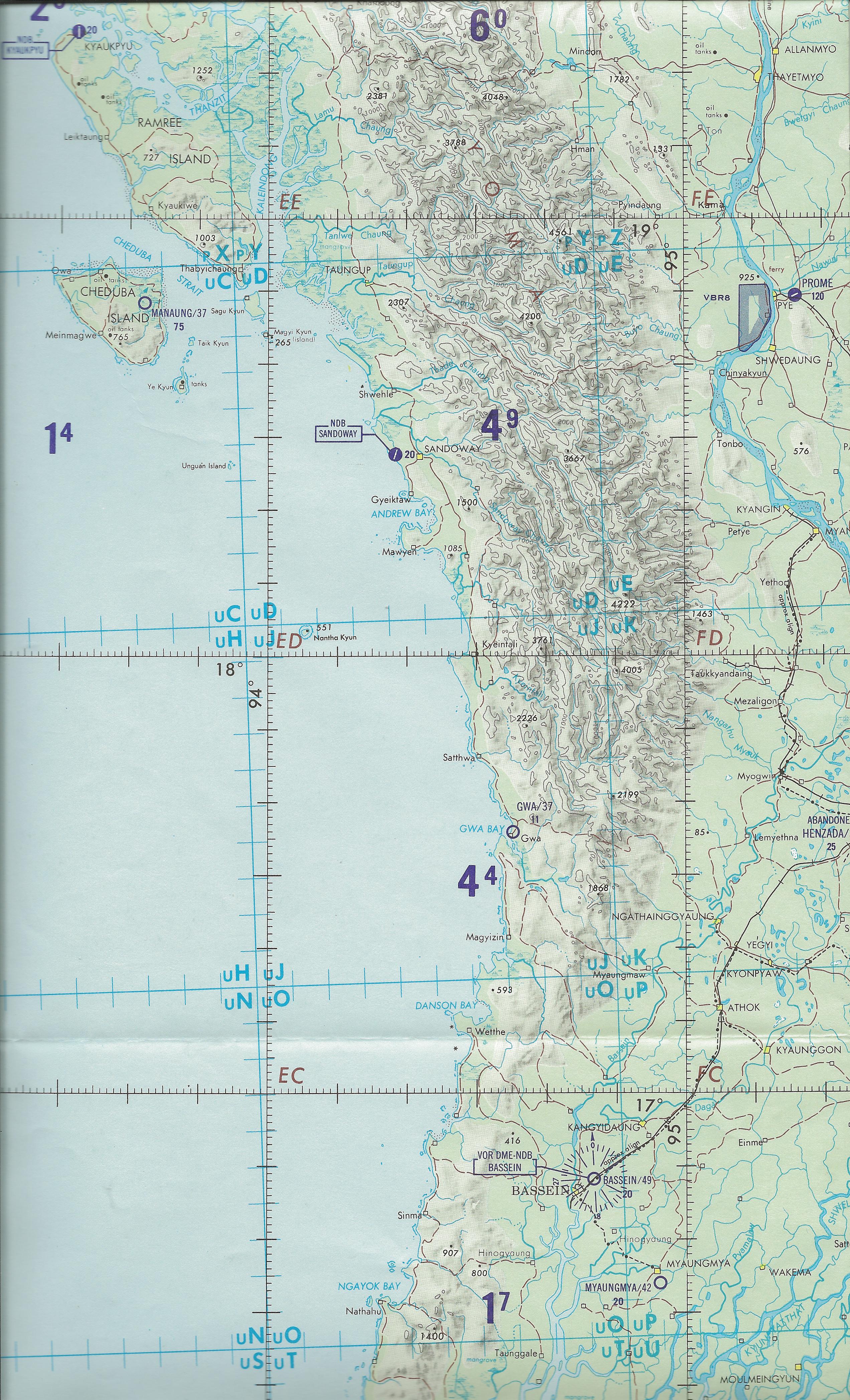More open politics and new technologies are putting much of the country back on the beaten path.
When I lived in Burma (as Myanmar was then known) in the 1970s, the resident foreign population was small – less than 1000 adults – and based almost entirely in Rangoon (Yangon).
Most seemed to enjoy life there, but only a relatively small proportion of them travelled outside the capital for recreational purposes. Those that did so usually joined the steady stream of backpackers and seven-day tourists who followed the well-trodden path via air and rail links from Rangoon to Pagan, Mandalay, Inle Lake and back to Rangoon. Even when they had the opportunity to do so, few seemed to venture further afield
There were several reasons for this apparent reluctance to explore the country. One was the fact that large areas were off-limits to foreigners, due to the dangers posed by armed dacoits (bandits) and insurgents.
In 1973, there was a dramatic reminder of the risks involved in straying outside the central lowlands when two Russian medical technicians were kidnapped from Taunggyi by the Shan United Army. Another consideration for many foreigners, particularly those with young families, was Burma’s poor state of public health and the dearth of modern amenities, such as hotels and restaurants.
There was also the problem that air, rail and river transport facilities were limited and often unreliable. Provided that permission was obtained in advance from the authorities, it was possible to drive to most places in central Burma, but there was always the risk of not being able to find fuel, even on the black market.
In the 1970s there were also only 30,000 kilometres of roads (despite Burma being the largest country in mainland Southeast Asia), and of these barely 21,500 kilometres were suitable for light transport. As most roads were unpaved, many became impassable during the annual monsoon.
There was another factor which restricted travel, however, and that was the absence of reliable maps.
It was never clear whether this was because of the military government’s security concerns, or simply because Burma lacked the means to produce accurate maps for sale to the public. Given General Ne Win’s paranoia about subversion inside the country, and possible external threats (it was claimed, for example, that he refused to build decent highways to Burma’s borders for fear that they would be used by invading forces), it was widely believed that security issues were to blame for the problem.
Faced with this situation, most foreigners wishing to undertake an overland trip of any length were forced to rely on an experienced local driver, and to fall back on the small scale maps of Burma produced by organisations like the National Geographic Society, or commercial firms like H E C Robinson.
With scales of 1:6,522,000 (where 1 cm equals 65.52 km) and 1:2,500,000 (1 cm = 25 km) they were sufficient to guide travellers from one major town to another, and to help indicate major geographical features. But they were not much help if anyone wanted to stray off the beaten track. As a consequence, foreigners wishing to explore Burma’s byways were forced to find additional information in imaginative ways.
In the 1970s, 85 per cent of Burma’s population lived in small rural towns and villages and, thanks to Ne Win’s inept and doctrinaire socialist government, much of the country remained relatively undeveloped.
This meant that the gazetteers produced by the British colonial administration in the 1920s and 1930s could be helpful in planning an overland trip. They outlined the key characteristics of particular districts and included a sketch map. Allowances had to be made for changes that had occurred since the publication of these books, but their broad descriptions of the countryside were still reasonably accurate.
Another option, pursued by one of my more adventurous British colleagues, was to consult the several bound volumes of Routes in Burma, produced in 1944 and 1945 by the Headquarters of the Supreme Allied Commander, Southeast Asia, and General Headquarters India, to support the Allied re-invasion of Burma. Fortunately for him, in most places he wished to visit the transport and communications infrastructure had changed little since the war’s end.
Travellers also used Motor Roads of Burma, a booklet initially published by the Burmah Oil Corporation and (after Ne Win’s coup in 1962) the Ministry of Mines and Myanmar Oil Corporation. While less detailed than Routes in Burma, successive editions of this pocket guide followed the same pattern of listing the main trunk routes and identifying the most important branch roads. The only maps provided with these booklets, however, were simple line drawings that gave nothing away in terms of the terrain being covered.
A few members of the diplomatic community tried to obtain copies of the maps used by the Burmese armed forces. The most detailed were the old one inch to the mile (1 cm = 0.63km) maps produced during the Second World War by the Fourteenth Army and the Survey of India, which the Tatmadaw had inherited from the British and over-printed in the Burmese language. However, inside Burma use of these maps was restricted and possession of them was liable to arouse the suspicions of the Military Intelligence Service.
Other maps produced during the Second World War could also yield helpful data. For example, the escape maps printed on silk and issued to Allied airmen flying over Burma during the conflict were remarkably well made, and still useful, despite having a scale of 1:1,000,000 (1 cm = 10 km). They were hard to find, however, and expensive to buy.
Ironically, given the regime’s nervousness about external threats, good quality maps of Burma’s peripheral regions could be obtained through its neighbours. In Thailand and India, for example, 1:50,000 (1 cm = 0.5 km) scale survey maps of their border provinces, which also showed parts of Burma, could be obtained relatively easily.
They were used by smugglers, ethnic armies and, at times, units of the Burmese armed forces. A few insurgent groups were given maps by their foreign sponsors. The Communist Party of Burma, for example, was provided with detailed maps by China.
In those days of military governments and Cold War tensions, the best maps of Burma were the most difficult to obtain. These included the 1:250,000 (1 cm = 2.5 km) Joint Operations Graphics and other military maps produced by the major powers, using sophisticated map-making techniques, including high-resolution satellite imagery.
Many are now available online or from libraries, but in the 1970s the closest that the public could get to maps of such quality was the air navigation and nautical charts produced by agencies like the International Civil Aviation Organisation and the UK Hydrographic Office.
Internal travel became easier after a new government took power in 1988, but official thinking about maps in (the renamed) Myanmar was slow to change. When an American academic visited Naypyitaw soon after the seat of government moved there in 2005, he was told by a senior minister that there were no maps of the city as ethnic armed groups could use them to plan an attack.
When the academic replied that he had consulted Google Earth to get his bearings, the minister stated that insurgents did not have access to such technology – which was clearly not the case. It was a couple more years before maps of the new national capital became available.
These days, there is a plethora of maps for sale, both in Myanmar and overseas, for the use of academics, officials, armchair travellers and tourists. Several European and Asian firms offer colourful and informative maps of the country, ranging in scale from 1:2,150,000 (1 cm = 21.5 km) to 1:1,350,000 (1 cm = 13.5 km).
There are also larger scale maps that focus on specific areas of interest, such as Caroline Courtauld’s Bagan and Upper Myanmar and her Myanmar Featuring Myeik. Yangon, Mandalay and Naypyitaw are covered by good quality maps and there are even street directories for a few cities. Simplified town maps are provided free by many of the larger hotels.
In terms of topographical maps, there is also a wide range of official products to choose from.
US and Soviet military maps of Myanmar, for example, can be purchased online, although some are now a little out of date. Commercial satellite imagery covering most of the country is also available. Myanmar watchers now have access to the kind of data that, not so long ago, was restricted to official observers with security clearances.
This does not mean that they get everything right (discredited claims of Chinese military bases in Myanmar being a case in point), but they have much better research tools at their disposal.
There is also an expanding market for specialist maps, in part to cater to the burgeoning tourist trade (up from 800,000 visitors in 2010 to 4.68 million last year). For example, the Myanmar Heritage Trust has published a map entitled Historical Walks in Yangon and the trustees of the Shwedagon Pagoda in Yangon have produced a detailed map of the main pagoda platform and its environs.
New Holland has produced an illustrated map entitled The British Raj in India, which also covers colonial Burma. In 2003, Rod Beattie of the Thailand-Burma Railway Centre in Thailand produced the first comprehensive Map of the Thai-Burma Rail Link.
While folding paper maps of the country are still popular, foreign visitors to Myanmar no longer have to rely entirely on them for information, or to plan their travels. Thanks to the explosion of foreign interest in Myanmar since President Thein Sein took office in 2011, and the easing of both official and unofficial travel restrictions, several European, Asian and Australian publishing houses now produce lavishly illustrated travel guides, in several languages. They are updated regularly. Most include detailed maps of the main tourist sites.
This is in addition to the maps being produced in hard copy and online in support of official and semi-official activities. Through organisations like the UN’s Myanmar Information Management Unit, a large number of maps have been produced illustrating the country’s development status and needs.
In 2009, Cyclone Nargis prompted the production of maps highlighting specific aspects of the disaster. Following the 2014 census, maps were published showing the distribution of Myanmar’s population, and since the national elections in 2015 several maps have been produced showing the results in graphical form.
Myanmar now enjoys a much more open government and society than it did 45 years ago. For foreigners, touring and working in the country is no longer the excursion into unknown territory that it once used to be.
These days, more people are able to travel safely to more places, with more confidence and in greater comfort, than at any time since the colonial period. Also, researchers, analysts and officials, both within Myanmar and outside it, now have access to a wide range of cartographic resources to help them study the country and consider the needs of its people.
Andrew Selth is an adjunct associate professor at the Griffith Asia Institute, Griffith University, and at the Coral Bell School of Asia Pacific Affairs, Australian National University
 Facebook
Facebook  Twitter
Twitter  Soundcloud
Soundcloud  Youtube
Youtube  Rss
Rss 